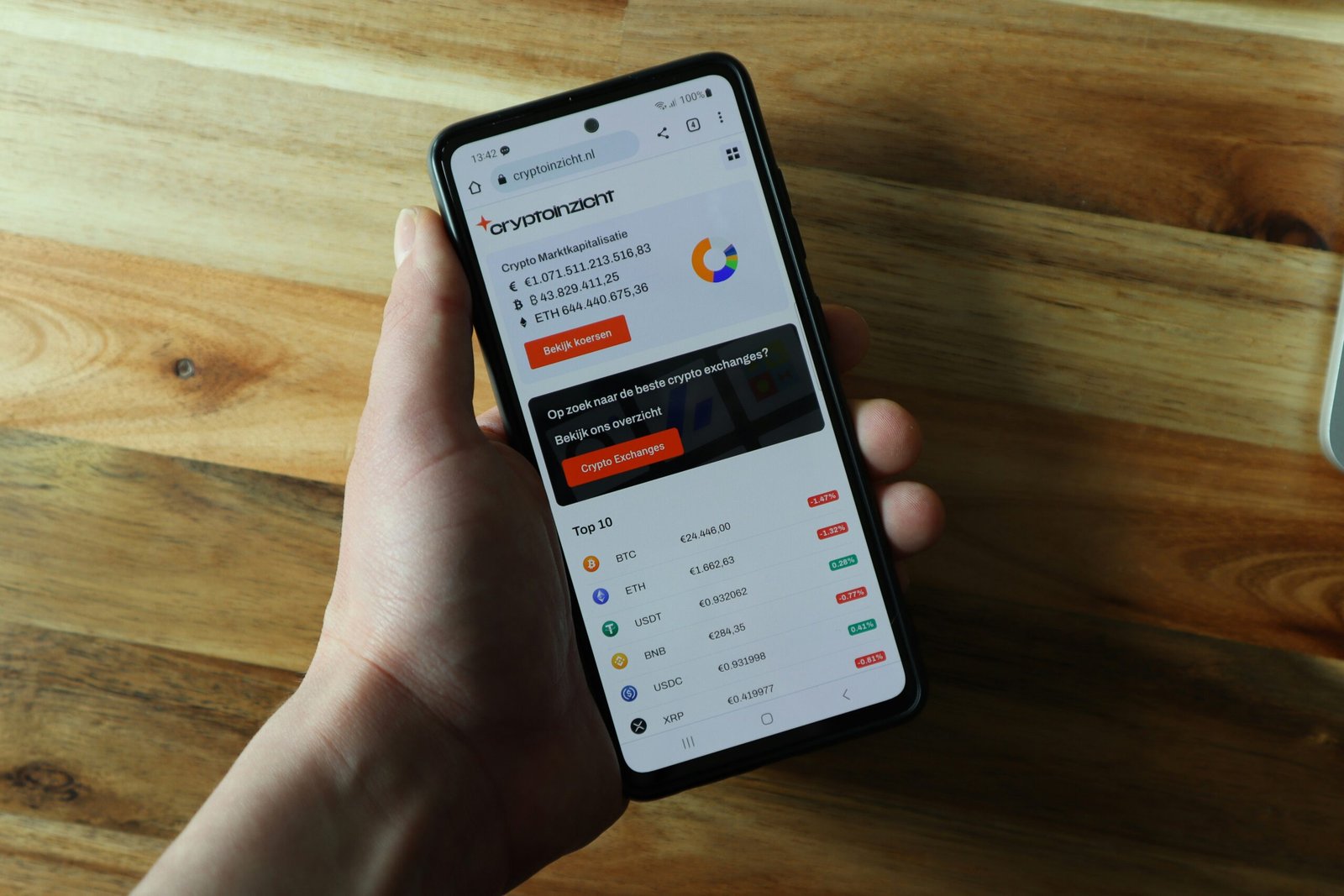A breakout stock is one that suddenly moves above a defined resistance level or a previous price ceiling. This breakout is typically viewed as a signal that the stock may continue to rise, breaking free from its past limits.
If stock X has been trading between ₹90 and ₹95 for months. If it jumps to ₹105 with strong volume, it is considered a breakout. But are breakout stocks sustainable or short-lived? Let’s discuss:
When Are Breakout Stocks Sustainable?
Here are some scenarios when breakouts are sustainable:
Strong Volume Confirmation
A sudden price rise is insufficient if there are not enough buyers to support the move. Volume acts as proof that other market participants believe in the breakout. For example, if a stock breaks out above its resistance level but the volume is below its average, the price may fall back soon.
On the other hand, if the volume is twice or three times the average during the breakout, it suggests that institutional investors may be involved, and the move is more likely to sustain itself. You can use an intraday stock screener to get some assistance.
Sector Strength
A breakout is more dependable when the stock belongs to a strong-performing sector. If the entire sector is gaining momentum and breaking out, it is a sign that investor interest is broad-based.
For example, if an auto stock is breaking out while the Nifty Auto index is also rising, you are more likely to witness a sustainable breakout rather than an isolated and short-lived price jump.
Improving Earnings
You must check whether the company behind the breakout is showing consistent improvement in its earnings and revenue. A stock that is growing its profit margins, reducing debt, and showing a healthy balance sheet will attract long-term investors. If a breakout occurs in such a fundamentally strong company, it has genuine reasons to climb higher.
Long-Term Consolidation
When a stock stays in a sideways trend for an extended period within a narrow range, it builds strength. Weak investors leave, strong ones accumulate. If it then breaks resistance, the move is usually reliable because there is buying momentum and little resistance ahead.
When Are Breakout Stocks Short-lived?
Here are some scenarios when breakouts are short-lived:
Resistance Cluster
When a stock breaks out near significant resistance, such as previous highs or the 200-day moving average, it often struggles to sustain upward momentum. These levels attract sellers, leaving little room for further gains.
As traders exit positions fearing a reversal, the breakout quickly loses strength and the price returns to its earlier range, making the move short-lived and unreliable for long trades.
Temporary News
A breakout can occur due to short-lived news, such as a product launch or a rumour. These events often spark brief buying interest driven by excitement. However, if the news lacks real impact and fundamentals stay the same, the stock tends to retrace just as quickly.
This can trap latecomers who expect a continued rally based only on the initial buzz.
Overbought Conditions
If a stock has already rallied significantly before a breakout, it is often a warning sign. Technical indicators, such as the RSI, may indicate an overbought condition even before the breakout occurs. In such cases, the move typically attracts latecomers chasing momentum.
However, with most buyers already in, there is little strength left to sustain the rally. This often leads to profit booking, causing the stock to drop back below the breakout point.
Immediate Supply Zone Above
Sometimes, a breakout clears an initial resistance level but quickly encounters a strong supply zone just above it. This often includes previous highs where trapped traders look to exit or levels targeted by large investors for profit-booking.
As a result, the stock rises briefly before encountering heavy selling pressure. The upward momentum fades, not due to weak demand, but because of too much overhead supply in the near zone.
Conclusion
Breakout stocks can offer exciting opportunities, but not all are built to last. Sustainable breakouts usually have strong volume, sector support, and solid company fundamentals. On the other hand, short-lived breakouts often result from temporary news, resistance clusters, or overbought conditions. By closely analysing these factors, you can better judge whether a breakout is reliable or just a passing spike.
You May Also Like: Exchange Tron (TRX) to euro (EUR)











